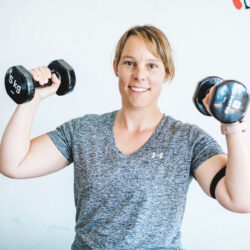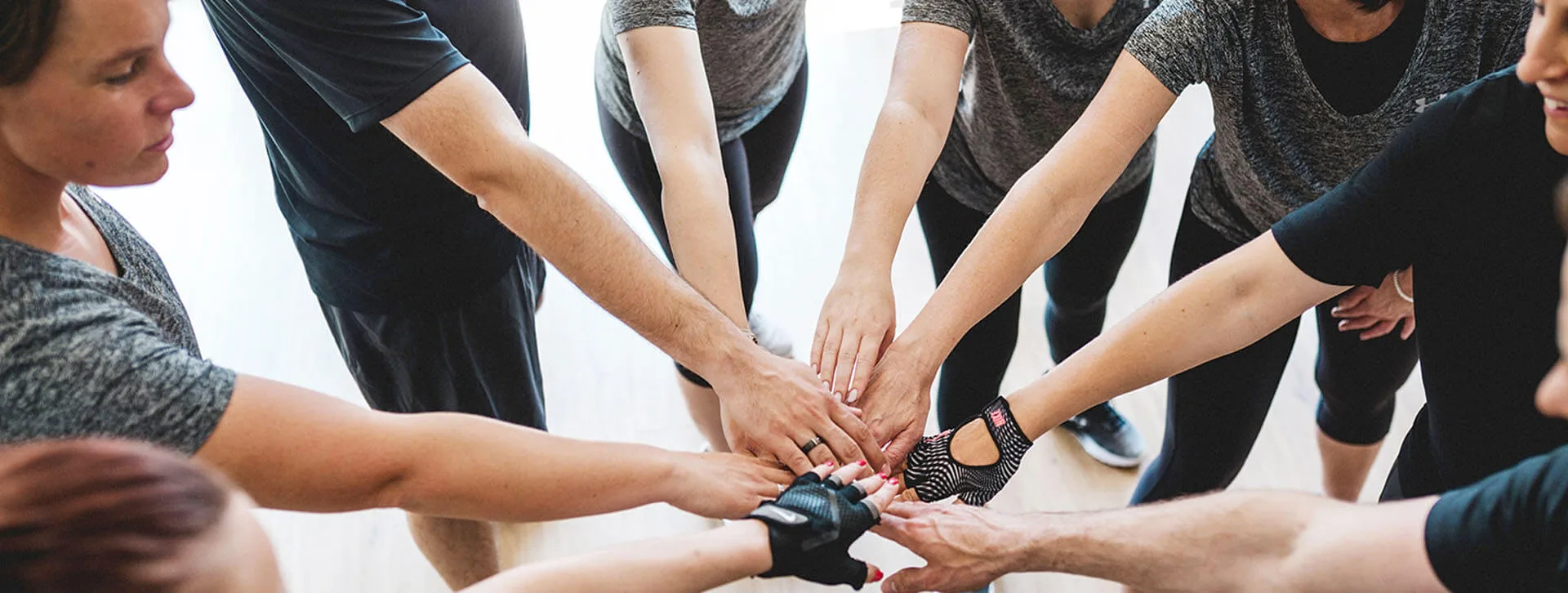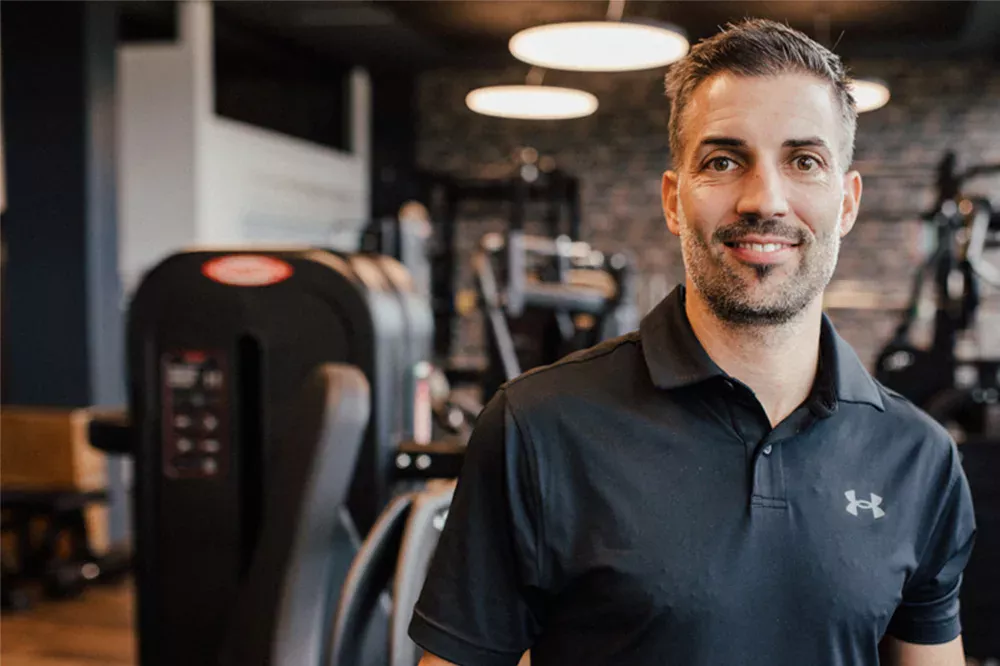Bulking – How to Gain Weight and Muscle Mass and What You Should Eat
This blog post is about a topic that affects fewer people – but they’re still desperate and often don’t know what to do. This article is also meant to give tips to all the so-called “hard gainers“ or “skinny guys & girls”.
Why would someone want to gain weight?
Everyone is different, and it is often difficult for others to understand why someone feels comfortable or uncomfortable with their body, or why they want to change their appearance. These are questions to be answered directly by the person and are not the subject of this article.
In my years in the fitness industry, I have found that individuals who want to gain weight are often misunderstood. People say things like, “I want to have your problems,” “be happy,” and so on.
But it should be obvious that when you go to the gym and work hard, you want to see results. Everyone does. Maybe it wasn’t even the original idea or goal to “gain weight,” but simply to do something for your body. But if you’re not gaining muscle despite working out, you’re bound to wonder why.
What “bulking up” means and when it makes sense
There are many reasons why you may not be gaining muscle or losing weight. In this blog post, I have summarized the top 16 reasons why you are not seeing results despite training.
When it comes to weight gain, we should take a closer look at the following reason:
“Calories consumed are not in line with your goal. Are you eating too much or too little to create a caloric deficit – or a caloric surplus?
This is what “bulking” is all about. For a period of time (more on duration later), you will consume more calories than you burn. If you can do this, you will gain weight! I promise! But how many calories are you actually consuming?
What is your daily caloric intake and how does it affect you?
Before we talk about excess calories, we need to define what your “maintenance” calories are. This term is used to describe the number of calories for a given weight. This is the case when you consume exactly the same number of calories as you take in. Despite the existence of calorie calculators, this number is personal and there are several factors that influence it. The two most important are probably your body composition and your activity level – and I don’t just mean your exercise. NEAT – Non-Exercise Activity Thermogenesis – is an important part of calorie burning, especially for hardgainers, and refers to your movements in everyday life, including at work, but also your gestures or fidgeting with your legs on your office chair. Therefore, it is very likely that you are burning more calories than you think you are, or that you are not tracking your calorie intake correctly and therefore not taking in as many calories as you should.
What is the ideal caloric surplus for muscle building?
Once you have determined your caloric needs, the next step is to determine how much surplus you should have. If the surplus is too large, you will also (or “mainly”) store fat; if it is too small, not much will happen and your real problem will remain. So we are walking a fine line, and finding the “sweat spot of bulking” is not easy and may take a few weeks. This is the best way to proceed:
Determine a calorie increase of approximately 5-20% of your daily consumption. This will be somewhere between 100-600kcal per day. Watch the scale. If it goes up 0.2-0.4 kilograms per week, that’s good. For beginners it will be more, for advanced exercisers less. If you don’t gain weight or gain too much, adjust your calories.
Keep in mind, however, that your metabolism will also increase gradually, and you will need to increase your calories again from time to time.
What are the best foods to eat when trying to gain weight?
Bulking up is not a free pass for junk food, ketchup, sugary drinks and donuts. You still need quality foods to build muscle. This study also shows that you gain less fat when you eat more protein. We recommend at least 1.8 grams per kilogram of body weight. The study suggests significantly more, which we have found to be true in our practice, especially for advanced athletes.
Anyone who feels spoken to by this article knows how it feels to have to eat all the time. We have the following tips to make it at least more bearable:
- Choose foods with high caloric density. Nuts, avocado, oils, oily fish, cheese, lentils, and dried fruit are good examples. 100g of cooked rice also has about 50% more kcal than 100g of cooked potatoes. It is also much easier to eat a lot of rice.
- Drink instead of eating. Get creative and use your blender. This makes it much easier to consume a lot of calories.
- Eat more often instead of big meals. Snacks help you get your calories in more easily.
- Eat things like rice or pasta with a homemade sauce. This makes it easier to eat a lot.
If all these things still don’t help, add 1-2 tablespoons of olive oil to your meals. You’ll get an extra 120 calories per tablespoon!
How long should a bulking phase last?
There is no universal answer to this question. As explained above, it takes a few weeks to find the sweet spot. After that, you can bulk until you no longer feel comfortable. This may take 6 months or more. However, we recommend that men do not go over 15% body fat and women do not go over 25% body fat, as the cutting phases simply take too long with a higher body fat percentage. In addition, inflammation and anabolic resistance increase, and recovery and sex hormone production decrease.
It makes sense to do mini-cuts from time to time. They bring your body fat percentage down again and are a pleasant break for the gastrointestinal tract and the feeling of hunger and fullness. After that, it’s much easier to eat a lot again.
Conclusion on the subject of hardgainers, bulking and weight gain
- Trying to gain weight with healthy foods can be at least as difficult as trying to lose it.
- Dividing people into figure types or soft and hard gainers is an oversimplification that does not work in reality. We now know very well that the metabolism of people of the same weight and physique does not differ by hundreds of calories. They differ in NEAT (see above) and EAT (calories burned during voluntary activity or training).
- People overestimate the amount of calories from healthy foods. Often the solution is to eat (even) more.
- Both bulking and slimming require that you know your maintenance calories. These change with your weight and body composition. So tracking calories is essential. Anything else is inaccurate and will prevent or slow down your progress or lead to unwanted fat gain. More calories do not automatically mean more muscle mass. Like so many other things, building follows the principle of the Gaussian bell curve. Eventually, the optimal point will be reached.
- A tip at the end: For more valuable tips on training for results, check out our free guide (GERMAN).
Do you want professional guidance in calorie calculation or training planning? Then you’ve come to the right place. The personal trainers at Personalworkout will help you finally achieve your goal, with a success guarantee.
SOURCES
- https://www.foodspring.de/magazine/gewicht-zunehmen
- https://www.nu3.de/blogs/fitness/muskelaufbau-hardgainer
- https://mennohenselmans.com/how-to-lean-bulk/
- https://www.ncbi.nlm.nih.gov/pmc/articles/PMC5786199/
- https://www.healthline.com/nutrition/bulking#basics
Challenge of the Month
What Clients Say





















